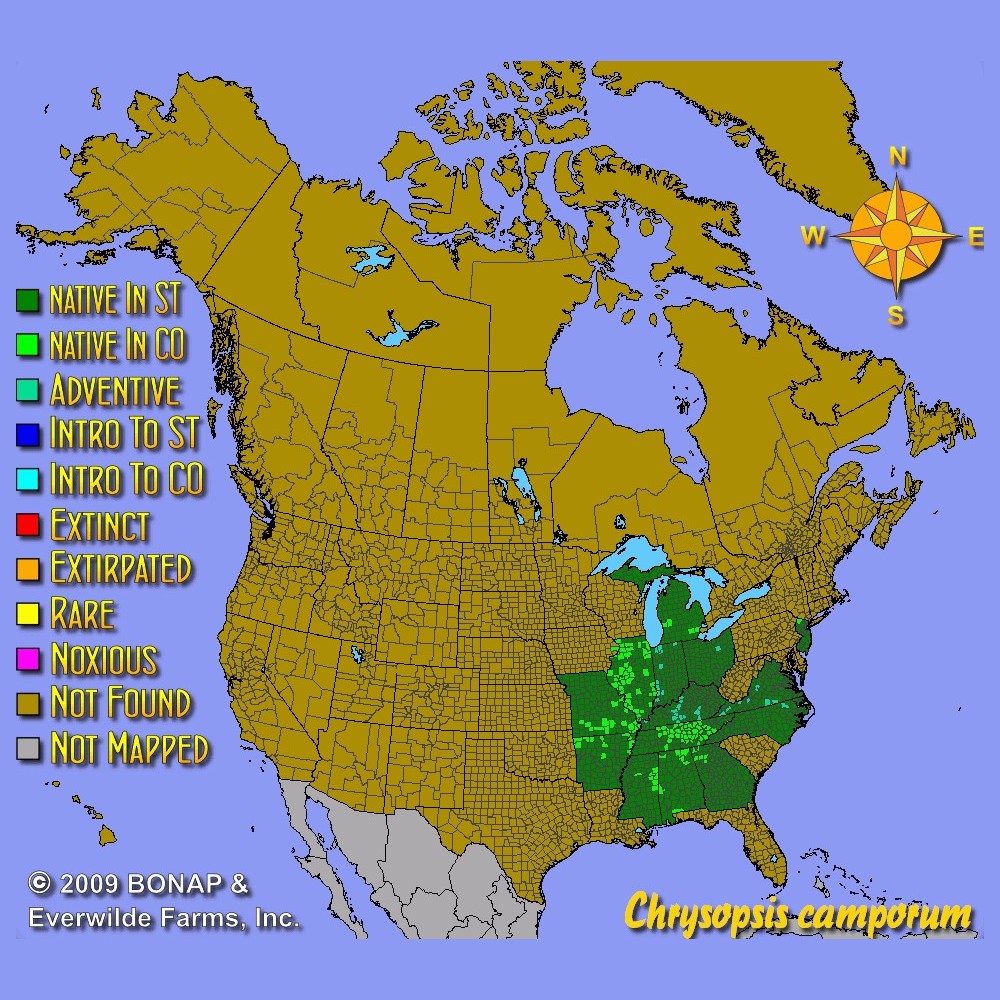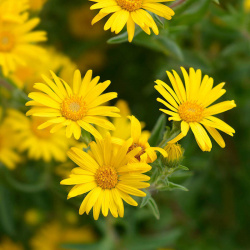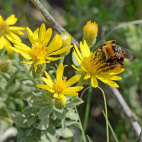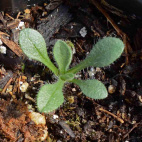Golden Aster Seeds
Chrysopsis camporum
- HOW TO GROW
- FAST FACTS
HOW TO GROW
Sowing: In late fall, direct sow just below the surface of the soil. For spring planting, mix the Golden Aster seed with moist sand and store it in the refrigerator for 60 days before direct sowing.
Growing: The Yellow Aster plant prefers dry or sandy soil. Water seedlings occasionally until they become established. Mature plants tolerate drought well, and will not need watering. Cut the stalks down to the ground at the end of the growing season for easier growth in the spring. This plant attracts butterflies.
Harvesting: Golden Asters make lovely cut flowers. Cut the stems long, choosing yellow aster wildflowers that have just opened.
Seed Saving: After flowering, the yellow Aster plant will produce seed heads containing small clusters of seed with white fluff. Since sparrows and goldfinches love to eat the seed, harvest it promptly to avoid loss. Cut the mature seed heads, or shake them into a container to remove the seed material. Clean the Golden Aster seed as well as possible, then store it in a cool, dry place.
FAST FACTS
Common Names: Lemonyellow False Goldenaster
Latin Name: Chrysopsis camporum
Species Origin: US Native Wildflower
Type: Native Wildflowers
Life Cycle: Perennial
USDA Zones: 5, 6, 7, 8
US Regions: Midwest, Southeast
Seeds per Ounce: 45,000
Stratification: Cold/Wet for 8 Weeks
Germination Ease: Stratify 8 Weeks
Sunlight: Full Sun
Height: 18 Inches
Color: Yellow
Bloom Season: Blooms Late Summer, Blooms Early Fall
Uses: Cut Flowers
DESCRIPTION

HOW TO GROW
Sowing: In late fall, direct sow just below the surface of the soil. For spring planting, mix the Golden Aster seed with moist sand and store it in the refrigerator for 60 days before direct sowing.
Growing: The Yellow Aster plant prefers dry or sandy soil. Water seedlings occasionally until they become established. Mature plants tolerate drought well, and will not need watering. Cut the stalks down to the ground at the end of the growing season for easier growth in the spring. This plant attracts butterflies.
Harvesting: Golden Asters make lovely cut flowers. Cut the stems long, choosing yellow aster wildflowers that have just opened.
Seed Saving: After flowering, the yellow Aster plant will produce seed heads containing small clusters of seed with white fluff. Since sparrows and goldfinches love to eat the seed, harvest it promptly to avoid loss. Cut the mature seed heads, or shake them into a container to remove the seed material. Clean the Golden Aster seed as well as possible, then store it in a cool, dry place.
FAST FACTS
Common Names: Lemonyellow False Goldenaster
Latin Name: Chrysopsis camporum
Species Origin: US Native Wildflower
Type: Native Wildflowers
Life Cycle: Perennial
USDA Zones: 5, 6, 7, 8
US Regions: Midwest, Southeast
Seeds per Ounce: 45,000
Stratification: Cold/Wet for 8 Weeks
Germination Ease: Stratify 8 Weeks
Sunlight: Full Sun
Height: 18 Inches
Color: Yellow
Bloom Season: Blooms Late Summer, Blooms Early Fall
Uses: Cut Flowers








